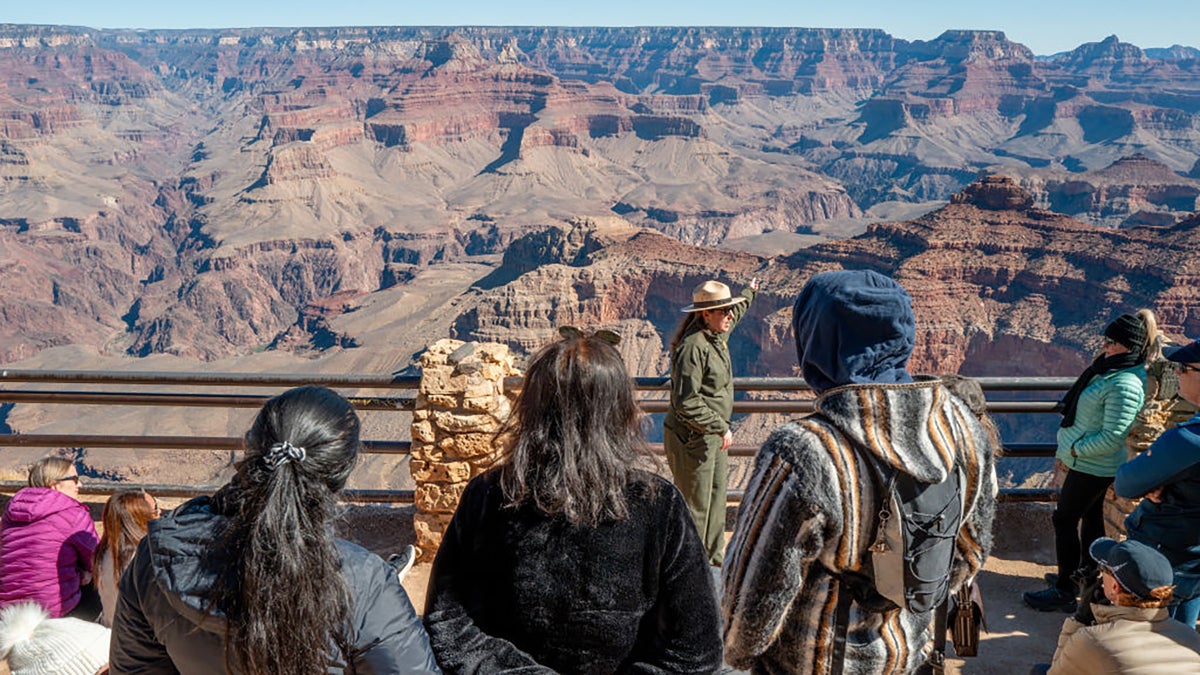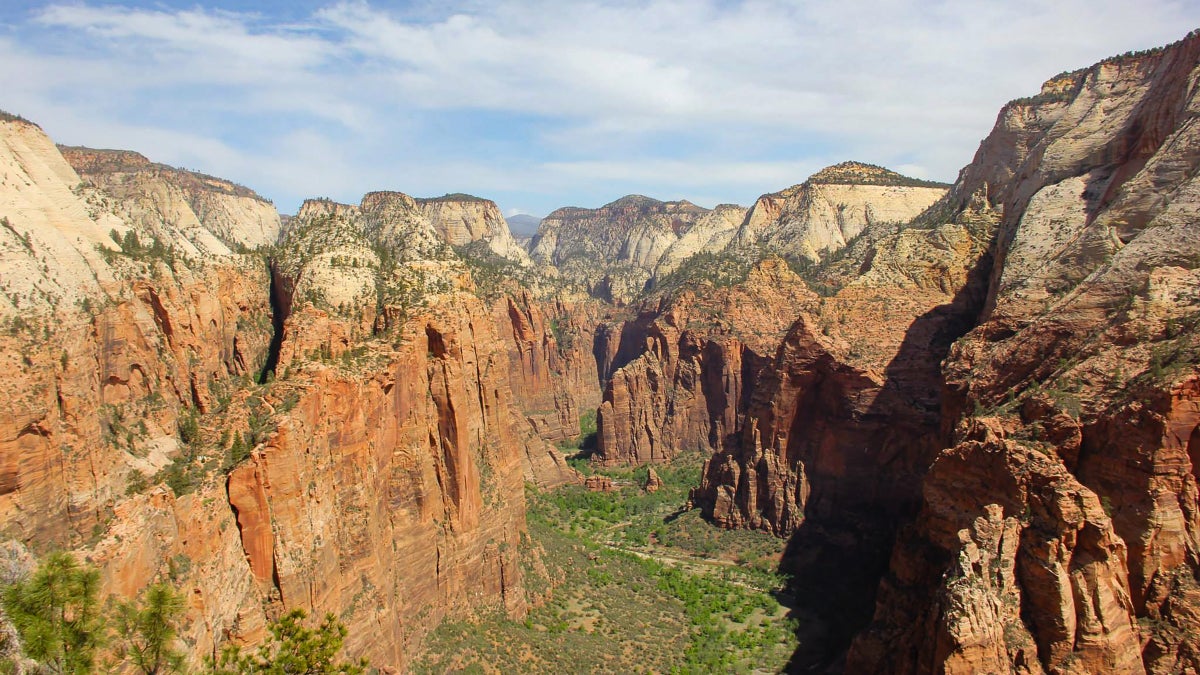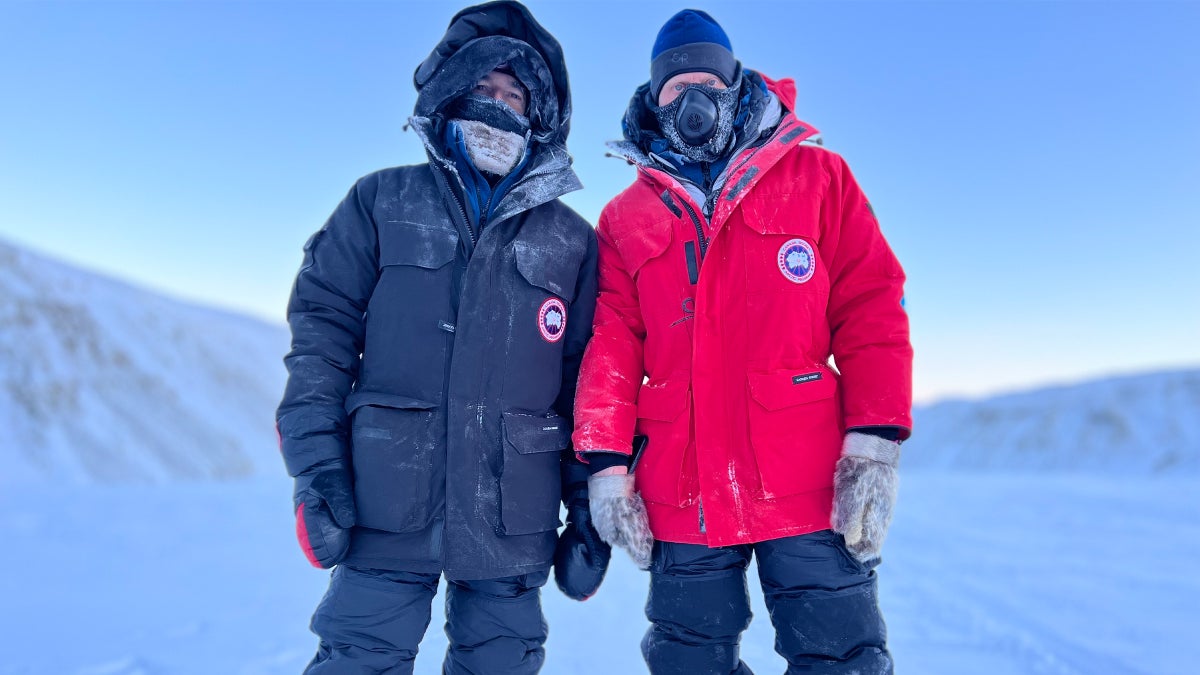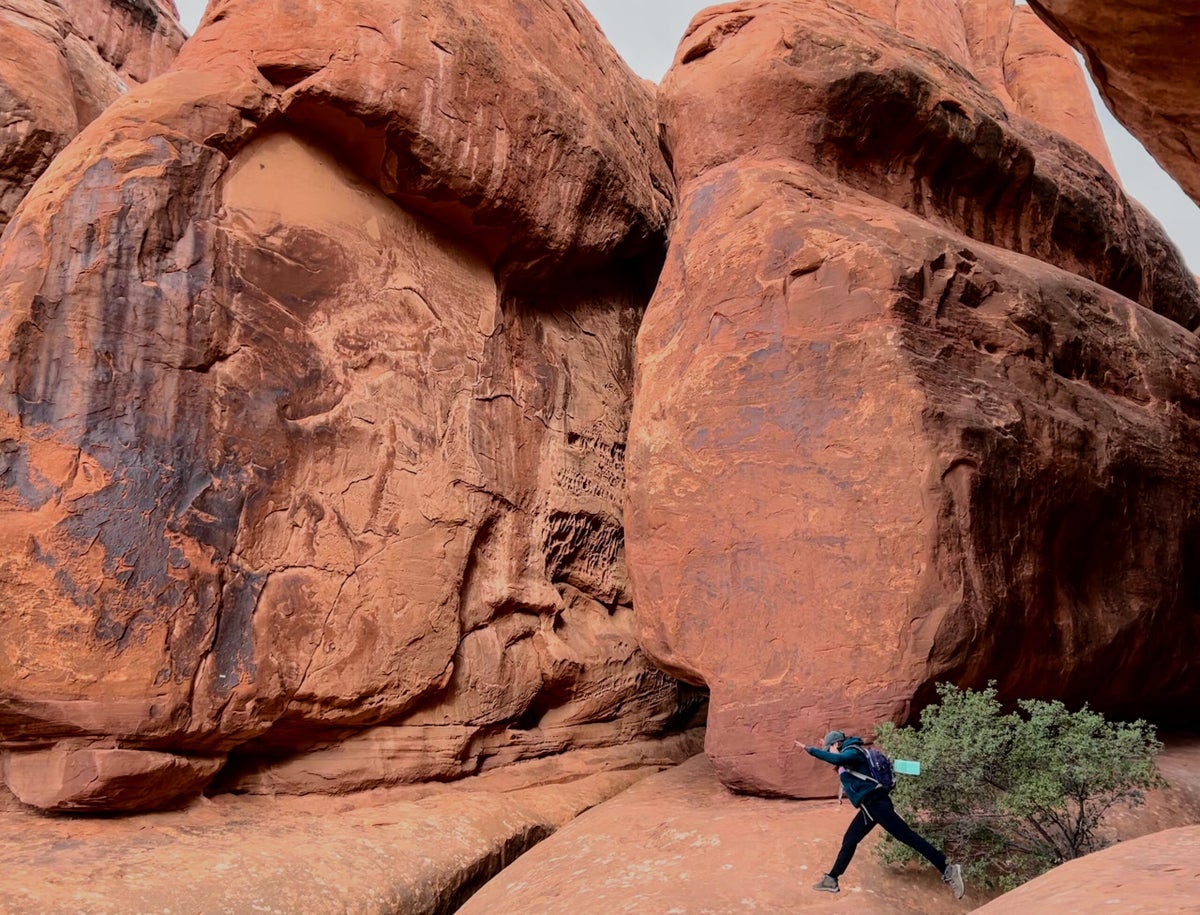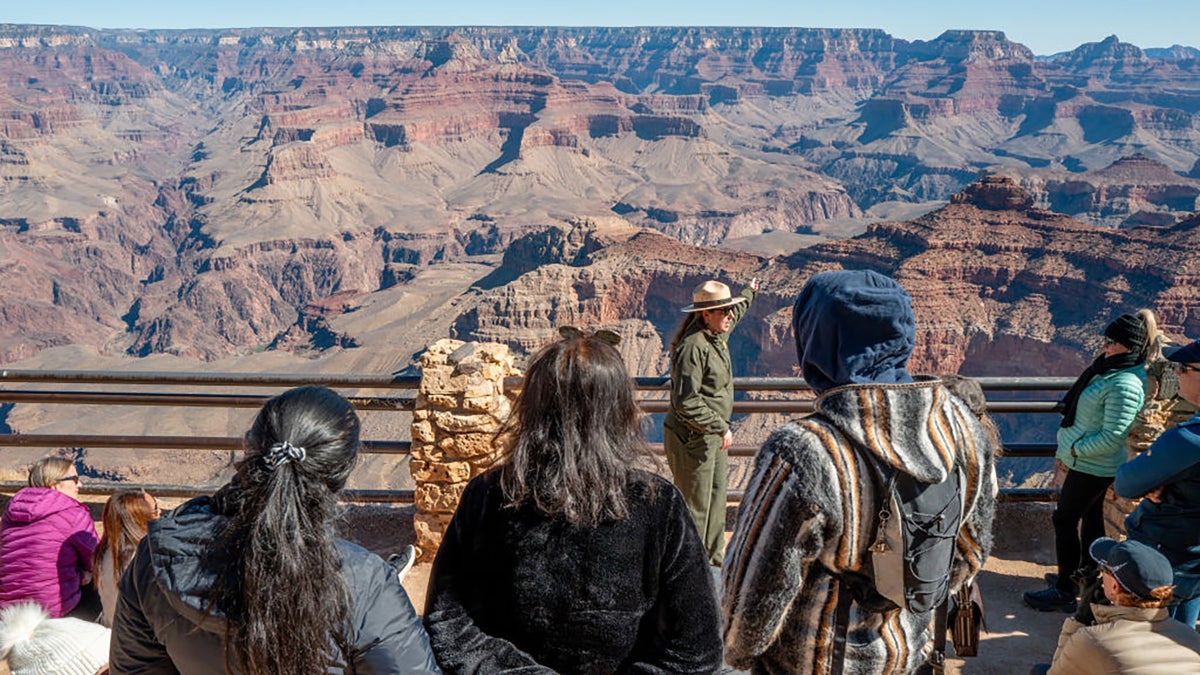
Spring is normally quiet at national park conservancies, the nonprofit groups that raise money and recruit volunteers for the U.S. National Parks. In March and April, staffers at these charity organizations finalize fundraising campaigns in advance of the busy summer months.
But this spring has been exceptionally busy at the Shenandoah National Park Trust, which raises money for Virginia’s Shenandoah National Park. The office is abuzz with ringing phones and pinging email notifications, Jessica Cocciolone, the executive director, told Outside. “We’ve had more than 150 inquiries about volunteering in just the past two months,” Cocciolone said. That’s more than triple the total number of inquiries the group received in 2024.
It’s a similar story with the Friends of Acadia, the nonprofit attached to Maine’s Acadia National Park. When I exchanged emails with Perrin Doninger, the group’s vice president of marketing, the group was making final preparations for its Earth Day Roadside Cleanup on April 26.
Friends of Acadia had already reached its capacity of 350 volunteers, Doninger told me. “We’re seeing a tremendous amount of support for Acadia National Park from our members and volunteers right now,” she said in an email.
This is no ordinary spring for Acadia, Shenandoah, or the rest of America’s 63 national parks and 433 National Park Service-managed sites. Starting in February, the Federal government fired 1,000 NPS workers and persuaded 750 to take buyouts. Since then, the government has issued a flurry of unprecedented orders that range from requiring parks to remain open despite staffing shortages to giving Tyler Hassan of the Department of Government Efficiency the power to “effectuate the consolidation, unification and optimization of administrative functions” within the NPS.
As the NPS has been shaken up, the nonprofits associated with individual National Parks have seen a major uptick in volunteers and cash donations. Outside reached out to some of the most prominent NPS nonprofits, and heard a similar story.
“We’re seeing is a lot of interest among our supporters and our members in finding ways they can express their care for the park,” said Elizabeht Silkes, chief operating officer for the Grand Canyon Conservancy (GCC). The organization launched a new fundraising campaign on April 24 called Stand Together for Grand Canyon.
The campaign’s webpage includes information on how to connect with elected representatives to speak up for national parks, as well as links to sign up to volunteer and to donate money. Silkes said the GCC is still auditing their donations from the first quarter of 2025, but she anticipates an increase from 2024.
While the NPS is funded by the federal government, nonprofits like the Grand Canyon Conservancy pay for a wide array of programs, from trail maintenance, to educational classes for kids, to seasonal staff inside of the park. Each conservancy has its own strategy for investing funds and manpower.
At Grand Canyon National Park, the GCC operates six park stores next to visitor centers, and also completes annual building maintenance at two historic buildings: the Kolb Studio and Verkamp Residences.
The GCC also provides funding and volunteers for the Grand Canyon’s Preventative Search and Rescue teams, which educate visitors on how to stay safe on the trails.
Silkes said the funds garnered from the 2025 campaign campaign will go directly toward ensuring “the stability of the park.” She doesn’t have details about how the funds will be spent, but said that in times of financial uncertainty, NPS programs around scientific research, climate research, and conservation are put under threat. Partnership initiatives with the Grand Canyon’s eleven associated tribes are also jeopardized, she added.
Rocky Mountain Conservancy (RMC), the nonprofit for Colorado’s Rocky Mountain National Park, has a “healthy best-use fund,” according to Kaci Yoh, Communications Manager, that’s designed to help its partner park pivot in times of, say, shifting priorities in the White House. But with so many changes happening so fast, the RMC received guidance from Rocky Mountain National Park about how to spend those funds in 2025.
Like the GCC, Yoh has seen a surge of calls and emails from people looking to volunteer, particularly offering to help fill in where Rocky Mountain Park has lost staff.
Yoh said that volunteers cannot overcome the park’s need for full-time staff. “Park staff are necessary to fulfill the roles that they have because they’re highly trained and vetted for their particular position,” said Yoh.
Or as Cocciolone at Shenandoah put it, “The challenge isn’t interest—it’s capacity. As park staff numbers go down, there’s less ability to train, manage, and support volunteers.”
The Shenandoah Trust has, in the past, helped the park during government shutdowns, providing portable restrooms and volunteer support, Cocciolone said. During normal years, the Shenandoah Trust supplies campground hosts, volunteers to remove invasive species, and trail crews, among other positions.
“Historically, philanthropic support has not replaced federal funding or paid for permanent government roles,” Cocciolone said. “Our role is to provide additive support that enhances what the federal budget enables, not to supplant it.”
But the staff cuts within the NPS have forced some conservancy leaders to rethink this approach. Shenandoah National Park Trust is considering expanding its role to fund permanent park positions. “We firmly believe it’s the federal government’s job to operate and steward these parks in line with the NPS mission,” Cocciolone said. “But we also know these are unprecedented times, and we’re being asked to do more.”
Cassius M. Cash, President and CEO of Yosemite Conservancy, echoed that sentiment in an online letter. “If park leadership needs new solutions to keep visitor services running, how can we be creative in our approach while remaining true to our own mission?” Cash wrote.
Cash also stated that while the Yosemite Conservancy is a nonpartisan organization, the group would work closely with “partners and stakeholders who understand the importance of protecting national parks in times of transition.”
Cocciolone concurred. “We’re also leaning more into advocacy—helping educate donors, policymakers, and our community about what these cuts really mean on the ground,” she said. “It’s not just about what gets funded, but what gets lost if we don’t act.”
The post National Park Nonprofits Are Booming Amid the Park Service Turmoil appeared first on Outside Online.











